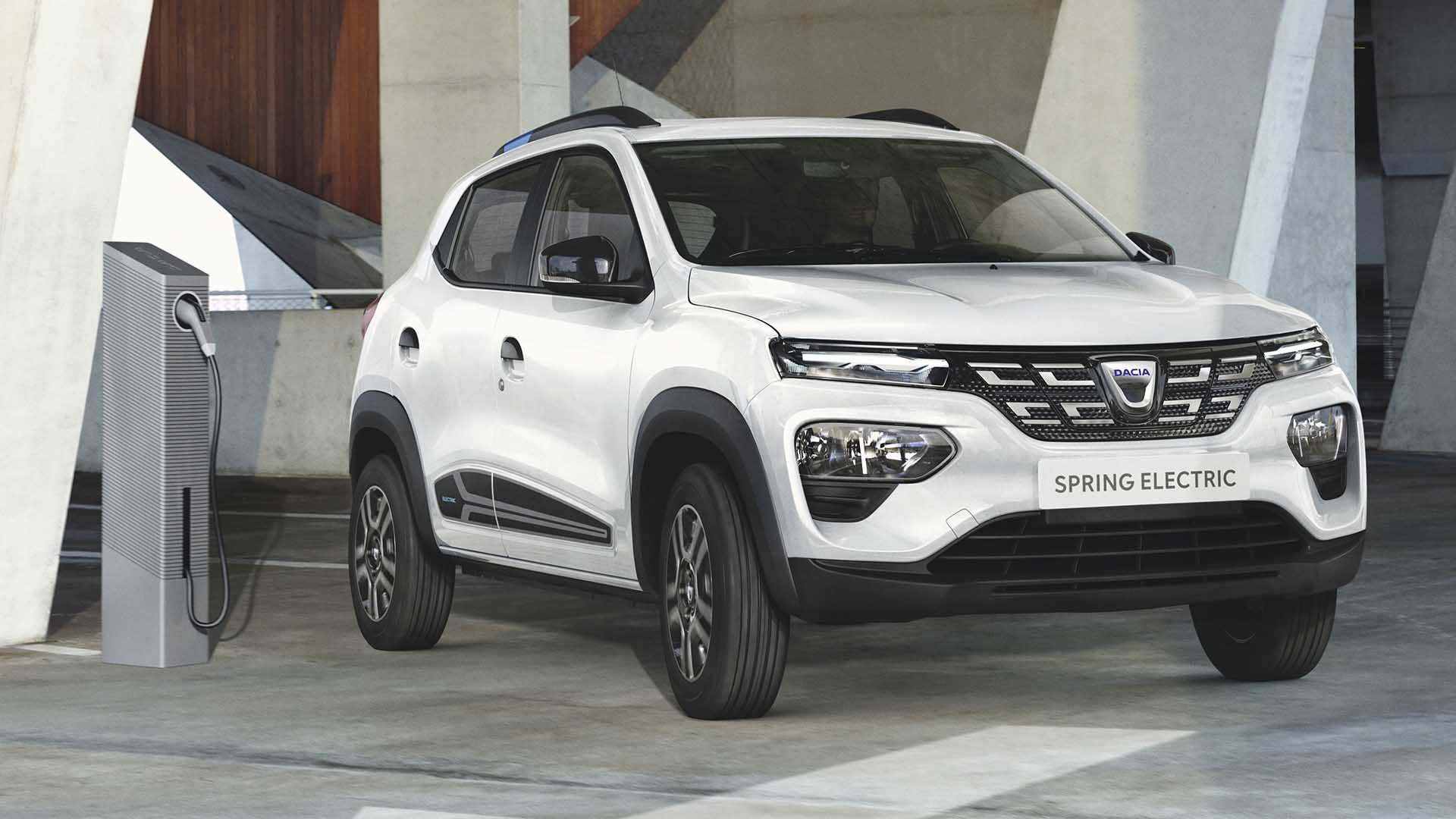
There needs to be a 50-fold increase in the number of zero emission cars on the roads of the EU by 2030. That’s if the European Commission wants to meet its ‘bold ambition’ to have at least 30 million zero emission cars on the road by the end of the decade.
The target has been slammed by the European Automobile Manufacturers’ Association (ACEA). It says the Commission’s ambitions are ‘far removed from today’s reality’, pointing to a small number of zero emission cars in the EU.
Of the 243 million passenger cars on the road in 2019, just 615,000 cars were zero emission. That’s approximately 0.25 percent of the entire fleet.
In the UK, battery electric vehicles accounted for 6.6 percent of new car registrations in 2020. That’s up from 1.6 percent in 2019. Sales totalled 108,205 in a market severely affected by the coronavirus pandemic and lockdown restrictions. The clock is ticking on the countdown to the 2030 ban on sales of new petrol and diesel cars.
The European Commission has set its own targets for 2030. Encouraging the uptake of zero emission vehicles is a key part of the Sustainable and Smart Mobility Package, published in December 2020.
‘Massive leap’

Eric-Mark Huitema, ACEA director general, has warned that more needs to be done if the targets are to be met. “Despite industry investments in such vehicles and their growing market share, not all the right conditions are in place to make such a massive leap,” he said.
“As recognised by the Commission, an essential condition for zero-emission mobility is the widespread availability of charging and refuelling infrastructure, both for passenger cars and heavy-duty vehicles.
In common with the UK, the EU has a shortage of public charging points. The ACEA says three million points will be required by 2030 – up from 200,000 in 2019.
“Experience has shown us that a voluntary approach to these infrastructure targets does not work,” stated Mr Huitema. “While some EU countries have been very active, others have done little or nothing. The AFID (Alternative Fuels Infrastructure Directive) review really must include binding infrastructure targets for member states.”
In a final warning, ACEA points out the the average European car is almost 11 years old. As Europeans recover from the economic impact of Covid-19, will they have the disposable income to spend on an expensive electric car?
Few EVs cost less than £20,000, although the Dacia Spring EV will become Europe’s cheapest electric car when it goes on sale. Unfortunately, it’s not coming to the UK.
READ MORE: